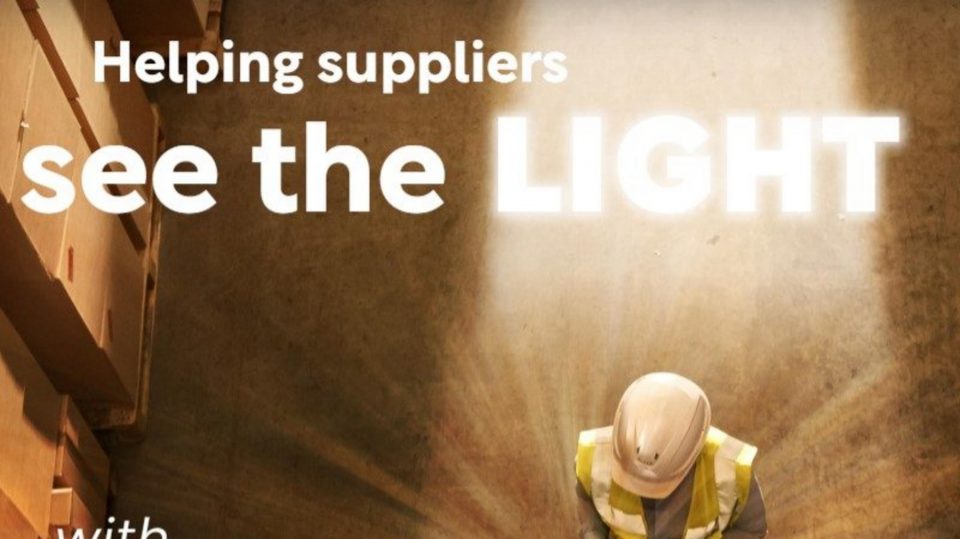Digital transformation of the supply chain was underway before the pandemic struck in 2020, but there’s no doubt that COVID-19 has accelerated the process significantly ‒ yet the move towards creating hyper-connected supply chains is not without its challenges.
Here, we look at the barriers that can deter suppliers from embracing digitalisation and explore the incentives organisations can offer suppliers to help overcome these problems.
We sought the views of industry experts from different sides of the supply chain fence: Christophe Lemaitre (CL) is Team Lead, Onboarding Strategy, with Tradeshift, a cloud-based business network and platform for supply chain payments, marketplaces, and apps; Maria Rey-Marston (MRM), meanwhile, is Managing Director and Supply Chain Innovation Global Lead with Accenture, the multinational professional services company that specialises in IT services and consulting.
What happens when suppliers stick with old ways of working rather than becoming part of a digital network?
CL: A truly digital network is a compelling value proposition because sellers benefit every bit as much as buyers. Unfortunately, that’s usually not what’s on the table.
The fact is that most enterprise software solutions designed to connect buyers and sellers aren’t up to the task. Rather than making it easy for businesses to connect with one another, the majority of digitisation projects fail because they’re designed in islands. Every one-to-one connection is a project in itself, requiring significant time and effort from both the buyer and the seller. The user experience is terrible, and there is often a significant cost attached for the supplier.
It’s not that suppliers are digital laggards but that change almost inevitably means cost. They need to learn a new programme, build a new process, and integrate another system. All that takes time, money, expertise and effort. Many suppliers weigh up all that extra hassle and feel it’s simply not a price they’re willing to pay.
MRM: Technology is not the main barrier today to a digitally connected supplier base. Companies have, by and large, embraced digital POs (Purchase Orders), contract management systems issue requisitions, manage negotiations, and, in the majority of industries, companies have adopted digital procurement practices.
Perhaps the key challenge is more about ways of working for some buyers and the addressing of their concerns related to data privacy, data security, data platforms and data lakes to exchange information in the digital supply network.
What incentives can organisations offer to encourage suppliers to onboard?
CL: Tradeshift started as a free e-invoicing tool for suppliers, so seller value sits at the core of our technology proposition.
We understand that when it comes to convincing suppliers to digitise, they care about three things above all else: simplicity, transparency and speed.
The way Tradeshift is designed takes inspiration from social networking sites like LinkedIn that make it very easy for individuals to join and start exchanging information with multiple connections.
When sellers connect to Tradeshift, they unlock a wealth of insight into their relationship with their customers. Being part of a digital network also means sellers can collaborate with buyers in real-time, leading to faster issues-resolution and reduced payment cycles.
Our network model also means we’ve been able to build and roll-out a growing range of value-added fintech services to sellers on Tradeshift, from early payment options on existing invoices to help with cash flow, through to virtual credit cards for one-off purchasing.
MRM: Yes. Many companies incentivise suppliers to join control towers and provide digital records of transactions that can be tracked and traced.
Incentives include faster payments, access to platforms to enhance the supplier’s visibility of the network and greater access to the customer’s information and future business intentions.


